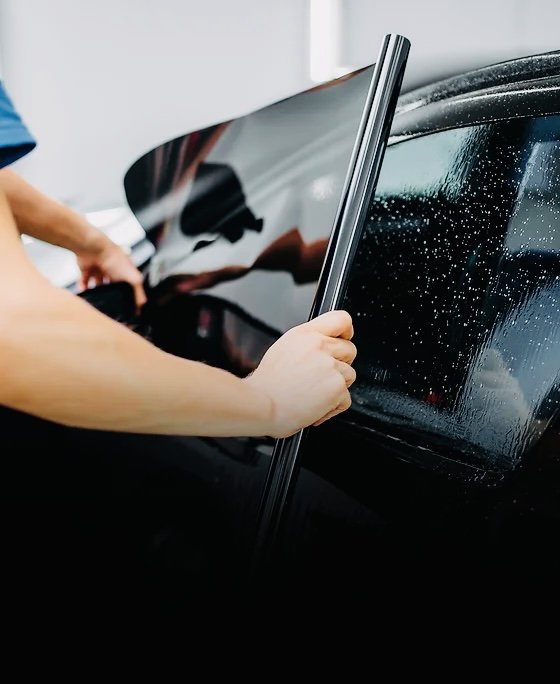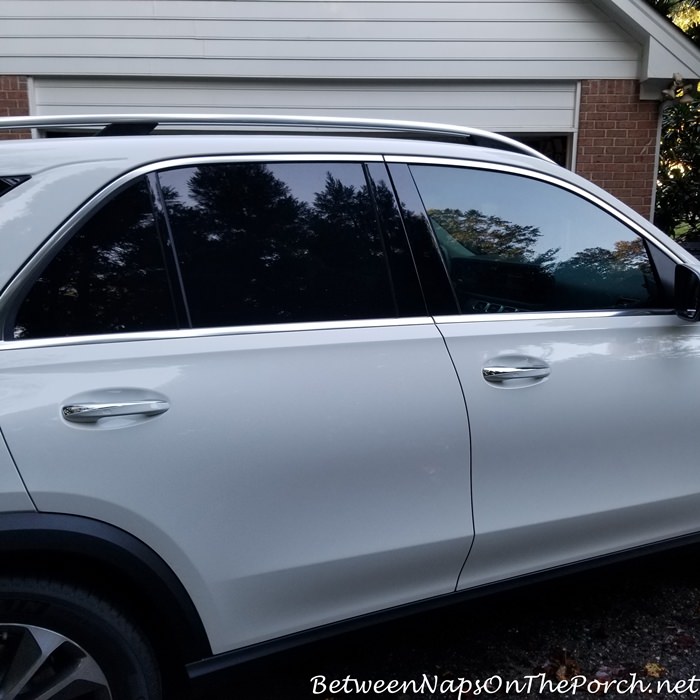Explore Professional Window Tinting Services for Enhanced Car Aesthetics
Explore Professional Window Tinting Services for Enhanced Car Aesthetics
Blog Article
Home Window Tinting Regulations: What You Required to Know Before Tinting Your Vehicle
Comprehending window tinting laws is essential for any type of lorry owner considering tinting their automobile. As you ponder improving your car's look and functionality, it is essential to comprehend not just the legal ramifications yet additionally the sensible considerations that come with picking the appropriate color.
Relevance of Understanding Color Rules
Understanding home window tinting regulations is vital for lorry proprietors to make certain conformity with state laws. These laws determine the permitted degrees of color darkness and reflectivity, which can substantially differ from one territory to an additional. Stopping working to comply with these guidelines can lead to fines, compulsory removal of the color, and prospective issues during car assessments.
Furthermore, understanding these regulations aids automobile owners make notified decisions regarding their tinting choices. Various kinds of home window movies give different advantages, such as UV protection, warmth rejection, and glow decrease. Without understanding of the lawful restrictions, vehicle proprietors take the chance of selecting products that may inevitably lead to lawful concerns.
Additionally, understanding of tinting regulations cultivates a more secure driving setting. window tinting. Exceedingly dark colors can impair exposure, raising the risk of accidents, particularly during the night or in unfavorable climate conditions. Legislation enforcement agencies also use these guidelines to ensure roadway safety, making conformity not just a lawful commitment however an individual duty
State-Specific Tint Rules
Each state in the U.S. has established its very own certain laws relating to home window tinting, reflecting a varied selection of requirements and demands. These regulations can vary dramatically, influencing exactly how automobile owners come close to installation and compliance. Some states permit darker colors on back windows while imposing rigorous limits on front-side windows.
In addition, guidelines frequently specify allowable tint materials and colors. Certain states ban reflective tints completely, while others might allow them to a limited degree. Some jurisdictions mandate that automobiles with tinted windows display a sticker indicating conformity with state legislations, offering a clear identification for legislation enforcement.
Enforcement of these laws also varies; some states are much more positive, carrying out arbitrary checks, while others count on complaints or visible violations to start enforcement. Lorry proprietors ought to realize that failing to abide by state-specific tint regulations can lead to penalties, required elimination of illegal colors, or both.

Legal Tint Percentages
Identifying the lawful tint portions is essential for car proprietors looking for to follow state guidelines. Each state has details legislations controling just how much light must go through the home windows of an automobile, which is expressed as a portion known as Visible Light Transmission (VLT) This portion varies substantially throughout states and can depend upon the kind of window-- front side, back side, and windscreen.
For circumstances, some states permit as little as 20% VLT on front side windows, while others may permit up to 50%. Windshield tinting is commonly much more limited, with several jurisdictions permitting just find more information a slim band of color at the top of the windshield. On the other hand, back windows generally have more lax policies, with some states permitting darker tints.
It is essential for car proprietors to acquaint themselves with their neighborhood laws to stay clear of possible lawful problems. This consists of understanding how VLT is gauged, as it can vary based upon the sort of window movie used. Remaining notified about these laws makes sure compliance and advertises safe driving problems for both the vehicle owner and others when driving.
Consequences of Non-Compliance
Failing to abide by home window tinting legislations can result in significant consequences for vehicle proprietors. The most instant consequence is the potential for traffic stops and citations from legislation enforcement. Policemans educated to determine unlawful tint degrees may provide penalties, which can differ by territory but typically vary from modest to substantial amounts. Repeated offenses might cause raised fines, including higher fines or added points on a motorist's permit.

Insurer might also impose fines for non-compliance, as prohibited adjustments can be seen as a breach of plan terms. This can impact protection rates or lead to complications in cases if a case takes place.
Inevitably, the effects of non-compliance extend past immediate monetary fines; they can impact a vehicle driver's insurance rates, legal standing, and overall vehicle value, stressing the relevance of adhering to regional window tinting regulations.
Tips for Picking Tinting Options
When selecting home window tinting options,Recognizing the ramifications of non-compliance highlights the relevance of making educated options. Acquaint on your own with your state's details laws relating to color darkness and reflectivity. Each state has special guidelines that determine the permissible restrictions, so ensure you remain within these guidelines to avoid charges.
Secondly, think about the sort of tint product. Alternatives consist of colored, metalized, and ceramic colors, each offering differing degrees of warm denial, UV defense, and resilience. Ceramic tints offer remarkable heat resistance without conflicting with electronic tools, making them a popular option.
Additionally, analyze your primary function for tinting. If you look for enhanced personal privacy, opt for darker colors; nonetheless, keep in mind that this might impact presence at night. Alternatively, if glow decrease and UV protection are your main problems, lighter colors might be enough.
Finally, talk to a professional installer who is educated regarding regional guidelines and can recommend top quality products click here to read suited to your needs (window tinting). Taking these factors into account will guarantee you make an educated decision, inevitably improving both your car's aesthetics and capability
Verdict
In final thought, knowledge with window tinting regulations is vital prior to applying tint to a car. By understanding legal requirements and choosing ideal color products, vehicle proprietors can attain aesthetic enhancement while staying certified with relevant legislations.
Comprehending home window tinting regulations is essential for any type of car owner thinking about tinting their vehicle.Comprehending home window tinting legislations is critical for lorry owners to guarantee conformity with state policies. Some states allow darker colors on rear windows while imposing stringent limits on front-side home windows.
In comparison, rear home windows usually have much more lax laws, with some states permitting darker tints. (window tinting)
In final thought, familiarity with window tinting legislations is important prior to applying tint to an automobile.
Report this page